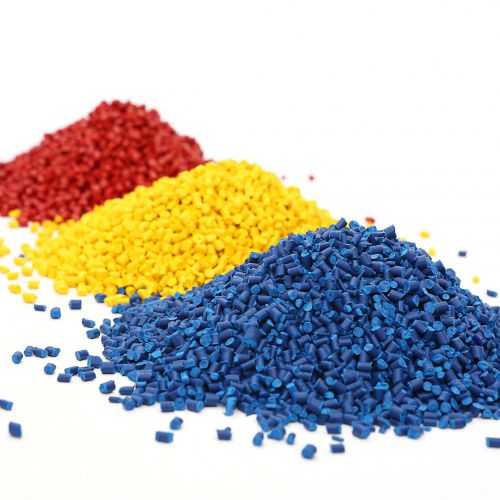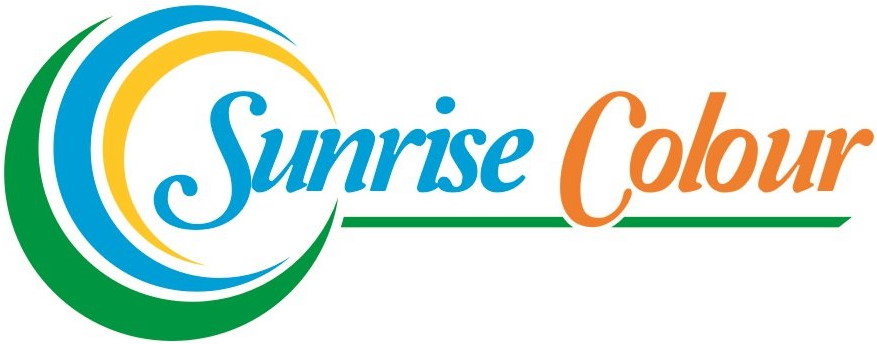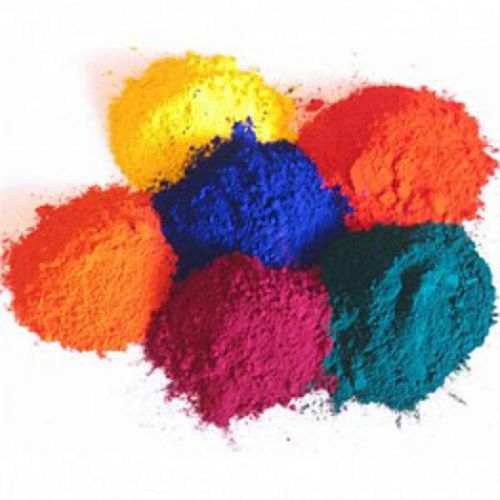CHOOSE COLOR MASTERBATCH FOR PLASTIC PRODUCTION
I. THE VARIATY OF COLOR MASTERBATCH
The effect of color masterbatch on injection molded plastic parts is complex. Though rarely at the top of the list of considerations in project planning, it should be addressed at the material selection stage. The process requires several important steps. Coloring selection will depend on factors including the actual plastic involved and the final application, which may impose demands on durability, environmental factors and cost.
Relevant plastic properties include melt flow rate, melt or processing temperature, transparency, structure (crystalline or amorphous), and the reinforcements and fillers being used.
1. Colorants - Color masterbatch
Colorants can be dyes or pigments, or color masterbatch. Pigments do not dissolve into the plastic, whereas dyes go into solution in the plastic and are easily mixable. They are used to color transparent plastics and where powerful tinting is needed. Dyes give brilliant color, yet do not obscure surface imperfections as well as pigments do. Dyes also tend not to perform well in outdoor applications.
1.1. Pigments:
Pigments are partially soluble (organic) or insoluble (inorganic). Organic pigments are more effective than inorganic ones for tinting capacity and coloring strength, creating brighter and glossier colors at lower percentages (typically 0.2-0.5% in contrast with around 2%). They can also be used to color transparent plastics. Inorganic pigments are less likely to migrate than dyes and organic pigments, so they are used to color plastics that require a high level of opacity. Inorganic pigments also have superior heat resistance and weathering properties compared to both dyes and organic pigments. However, some inorganics are perceived as health hazards and, as a result, industry is shifting towards organic pigments.
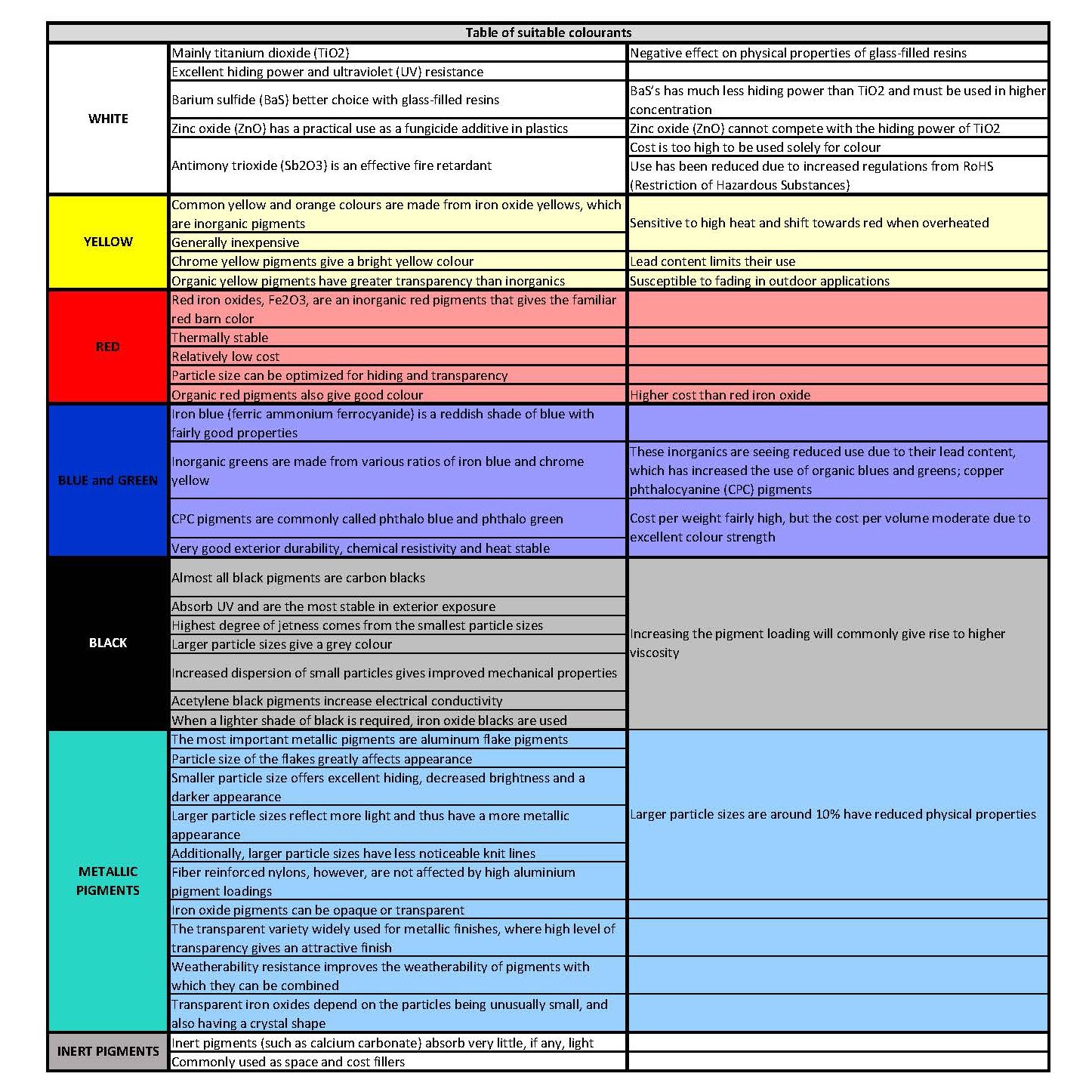
II. Effects of colorants - Color masterbatch in production
Adding colorants color masterbatch to plastic can affect properties of the plastic part so it is important to consider the compatibility between the chemistry of the polymer and the chemistry of the colorant. The effect of colorants on the properties of the polymer also depends on the amount of colorant color masterbatch.
Some of the compounds in colorants can break down the chemistry of the polymer and weaken original properties, such as impact resistance. The high heat used in the injection molding process can also influence the degree to which the colorant affects the polymer. The colorant color masterbatch itself must also be capable of surviving the high processing temperature. An individual colorant may affect one polymer differently than another. The interaction between polymer and colorant can also be affected by other additives. For example, a polycarbonate otherwise unaffected by a colorant may have a different reaction to it when a flame retardant is added.
There are also several different methods of coloring plastics, including masterbatch, compounding, surface coating and dry blending. The method used can influence the mechanical properties of the plastic. For example, in the masterbatch method, pellets of natural color would be blended with a masterbatch of pellets with a high pigment content. Because most polymers do not tend to mix well with other polymers, care must be taken to ensure material compatibility.
Different colorants color masterbatch can affect a polymer in different ways. Transparent colors can be made with dyes which may affect the polymer structure less than the pigments used in opaque colors. Pigments are made of particles, and the size of those particles can impact the performance of the material. Thus, moulding the same part in different colors can result in differing part dimensions, which can be important if very tight tolerances are critical.
Source: Prospector
SUNRISE COLOURS VIETNAM CO., LTD
Add: CT2A Building, Gelexia Riverside Apartment, 885 Tam Trinh Street, Yen So Ward, Hoang Mai District, Hanoi City.
Phone: +84 986998350 Fax: 0084 02436452586
Moblie/What'sapp/Wechat: 84 986998350
Email: sales3@sunrisecolour.com
Website: http://sunrisecolour.com
Related posts
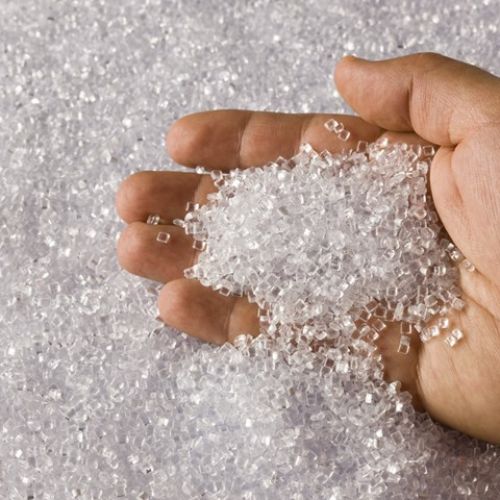
.png)
